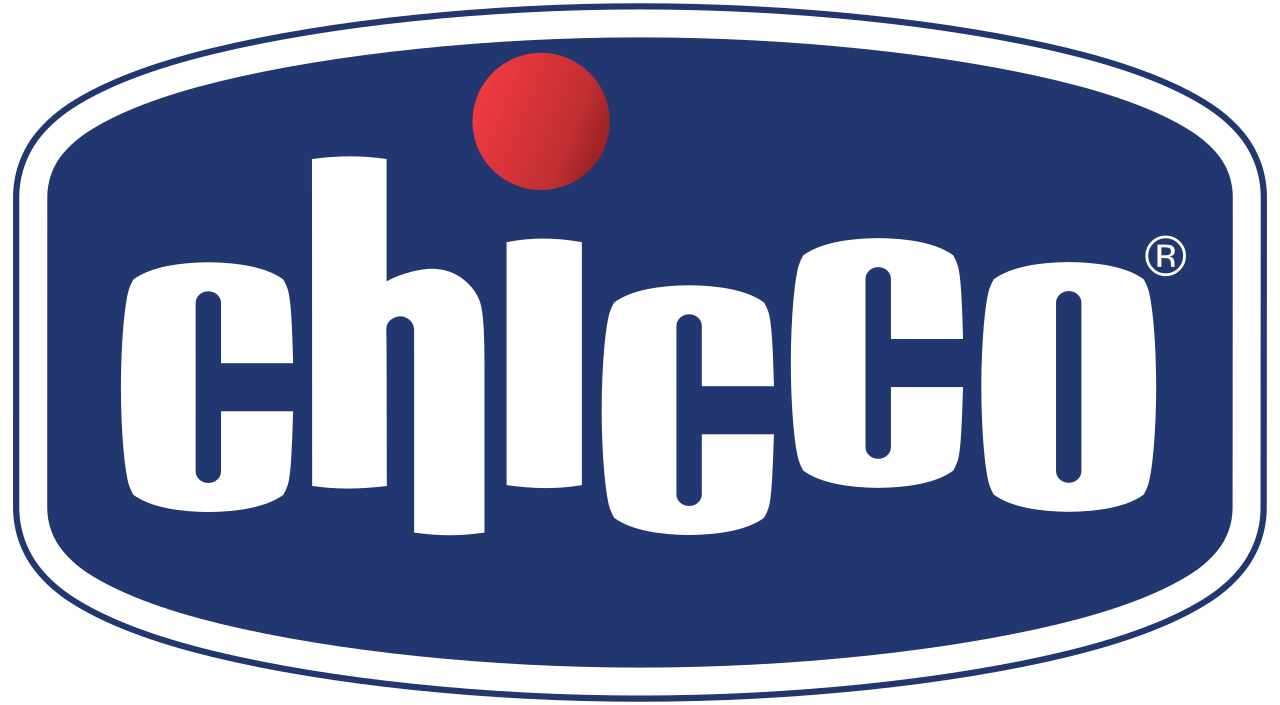Secrets to Successful Transition from Breastfeeding to Bottle Feeding After Maternity Leave
May 03,2024 | Compiled and edited for clarity by Hylda Yaacub
Congratulations! You have now established a good breastfeeding routine for your baby. The next question would be: How do I transition from breast feeding to bottle feeding once my maternity leave ends?
Beginning pumping and storing milk
First of all, enjoy your baby! Take the first several weeks to enjoy your baby and the joy of breastfeeding. Don’t worry about using a pump unless you become uncomfortable and need to express some milk for comfort.
Introducing a Bottle to a Breastfed Baby
- Once breastfeeding is well established (usually after about four weeks), begin pumping when your breasts still feel a little full. Remember, you are pumping the “leftovers” and should only expect a small amount of milk. After pumping, freeze the milk immediately.
- Store some extra small volumes in case baby is hungrier than expected.
- When offering the first bottle, note that baby may accept a bottle more easily from someone other than you. He knows milk comes from you and may not understand why he doesn’t get milk from the breast but instead from a bottle.
- Baby should be held in an upright, almost sitting position.
- The bottle should be held at an angle tilted just enough to fill the nipple to allow baby to keep control of when and how fast the milk comes.
Tips: It may help to have a piece of clothing you have worn, like a t-shirt, close to the baby where he can smell your scent. It is usually best if you are close but not present in the room during this first “experiment” with bottle feeding. Your baby is very wise and will wait for you to come feed him if he knows you are nearby.
- Once the feeding is completed, you will pump to create a bottle equal to what the baby consumed.
You will continue this pattern until you have enough milk stored in your freezer to get you through a normal work day plus a few extra ounces for those unexpected hectic day at work where you are not able to pump as often.

First Days Back at Work
It is an adjustment from being a full-time employee to being a full-time mother. It is also an adjustment when you return to work.
Emotional adjustments
- You will miss your baby and your baby will miss you too. Accepting this fact doesn’t make it easier but it may help you understand some of the emotions you will be feeling.
- Check in with the babysitter as frequently during the day as you need.
Wardrobe
- Two-piece outfits with loose fitting tops are very helpful for convenient pumping.
- Consider a hands-free bra to allow you to pump.
- Wear a printed blouse in case your pumping schedule is delayed. Any milk leakage from breast engorgement would be less obvious.
How often should I Pump at Work?
Try to pump as many times as your baby will feed while you are separated. It may be difficult to match the feeding times, but matching the frequency will help keep up your supply.
Pumping can take about 10 to 15 minutes once you are used to using your breast pump. Sometimes it may take longer. Many mothers use their regular breaks and lunch break to pump. Some mothers come to work early or stay late to make up the time needed to pump.
Where Should I Store My Breastmilk?
Breastmilk is food, so it is safe to keep it in an employee refrigerator or a cooler with ice packs. If you work in a medical department, do not store milk in the same refrigerators where medical specimens are kept.
Label the milk container with your name and the date you expressed the milk. Try to keep the milk in the back of the refrigerator where the temperature is the most constant and coldest.
What if I Don’t Have Time to Wash Breast Pump Parts and Accessories or Access to Water and Sink?
- Bring multiple breast pump kits to your workplace so that a clean kit can be used for each pumping session.
- If you have access to a microwave, rinse parts and then use steam bags made for cleaning breast pump parts. Some pump parts should not be steamed in the microwave, so be sure to check the manufacturer’s instructions.
- Learn how to hand express directly into milk collection containers.
Once breastfeeding is going well, practice bottle feeding so your baby will be used to a bottle while you are away at work. If your baby is having trouble taking a bottle at first, you can try different types of bottles and nipples.
Our Natural Feeling feeding bottles help to make the transition between breastfeeding and bottle-feeding as smooth as possible for both you and your baby. The silicone teats are soft, velvety and angled. The "mummy effect" of the teat and its flexibility promote natural sucking and make it easier to switch between breastfeeding and bottle.

Try it now! Available in pink and light blue (150ml/ 250ml/ 330ml).
Sources: La Leche League International, US Office on Women’s Health and Centers for Disease Control and Prevention.
Disclaimer:
Unauthorised reproduction, copying, or distribution of this article or any portion thereof is prohibited. If you wish to reshare or reproduce any part of this article, please provide a backlink to this page and credit the author.

